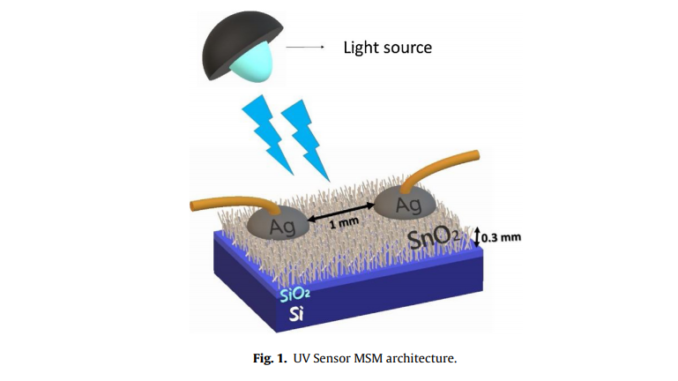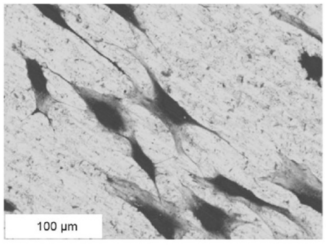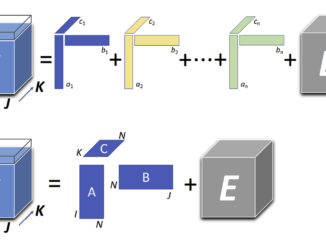
Reliable Tin dioxide based nanowire networks as ultraviolet solar radiation sensors
Abstract: Nowadays, 1D material SnO2 (n-type) have been standing out, demonstrating their potential application in ultraviolet (UV) radiation and chemical sensing, as in optical communication, safety devices and biological fields. In this work, we discuss the characteristics of an UV sensor device built in a metal-semiconductor-metal (MSM) architecture using a SnO2 nanowire network as the sensing element. SEM and XRD techniques were used to characterize the device, revealing uniform structures and excellent crystallization, respectively. Photoresponse of the nanowire network was obtained under three different sources of radiation: one in the visible region (White Light- 9.5 mW/cm2), another in the UV region (UV Lamp – 2 mW/cm2) and finally, using direct solar radiation (Sun Light – 78.6 mW/cm2). The area illuminated of device was 7.8 × 10−7 m2.When exposed to the sources containing UV wavelength, we obtained a current on/off ratio of the order of 104, rise time up to 2.8 s and multiple decay times from 1 s to 100 s. These results enable the design of a sensor based on nanowire networks presenting high sensibility and selectivity, particularly in outdoor measurements and also an optimized regime of operation.
Author(s): Araújo, E. P.; Arantes, A.N.; Costa, I.M.; Chiquito, A.J.
Sensors and Actuators A: Physical
Published: 1 February 2020, Volume 302, 111825




